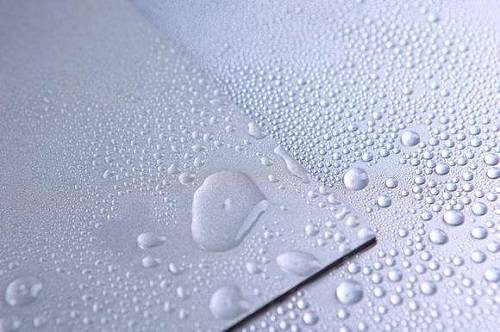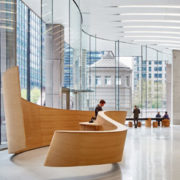Nowadays, people pay more and more attention to the combination of architectural style and home furnishings, trying to make their houses more distinctive. As the “eyes” of architecture, the combination of doors windows, and glass has also received more attention. In this issue, I will discuss with you how to choose door and window glass to be more appropriate
Hollow glass
Generally speaking, the thermal conductivity of the sealed intermediate air layer is much lower than that of ordinary glass. Therefore, compared with single-piece glass, the thermal insulation performance of insulating glass can be increased by two times. The power consumption of air-conditioned buildings can be greatly reduced.
In summer, it can be insulated by more than 70%, and in winter, it can keep indoor heating not easy to lose, reduce heat loss by up to 40%, play a role in heat preservation, and make summer cool and winter warm into reality.
If tempered glass is used for both indoor and outdoor glass, the impact resistance and safety of the glass are greatly improved both indoors and outdoors. Because the impact resistance of tempered glass is 5-10 times that of ordinary glass, and its bending resistance is 3-5 times that of ordinary glass, it can be said to be safe. Therefore, PVB laminated glass not only has good sound insulation performance but also has the characteristics of high strength and good explosion-proof performance. Today, when product safety is more and more important, it is widely used in high-end doors and windows and is also popular in high-end residences and villas. User’s favorite
LOW-E glass
Determine the type of glass according to the geographical location of the building: The glass in severe cold and cold areas should be mainly to control heat conduction and try to choose insulating glass or Low-E low-radiation insulating glass.
LOW-E glass is coated with a metal compound film such as silver ions on ordinary white glass. This film is easy to oxidize. Therefore, LOW-E glass is generally combined with another piece of ordinary white glass to synthesize insulating glass. Such LOW-E insulating glass has the effect of sound insulation at the same time.
LOW-E glass
Determine the type of glass according to the geographical location of the building: the glass in severe cold and cold areas should be mainly to control heat conduction and try to choose insulating glass or Low-E low-radiation insulating glass.
LOW-E glass is a thin film of a metal compound such as silver ions coated on ordinary white glass. This film is easily oxidized. Therefore, LOW-E glass is generally combined with another piece of ordinary white glass to form hollow glass. This LOW-E insulating glass also has the effect of sound insulation. Glass is one of the important components of doors and windows. Good doors and windows cannot do without high-quality glass, and a good home environment and safety cannot do without high-performance and high-quality doors and windows.
This article is edited and reproduced to Siniman’s whole house customization
If you have any ideas, please feel free to contact us anytime.
+86 0755 86152161 inquiry@hongjiaglass.com


























